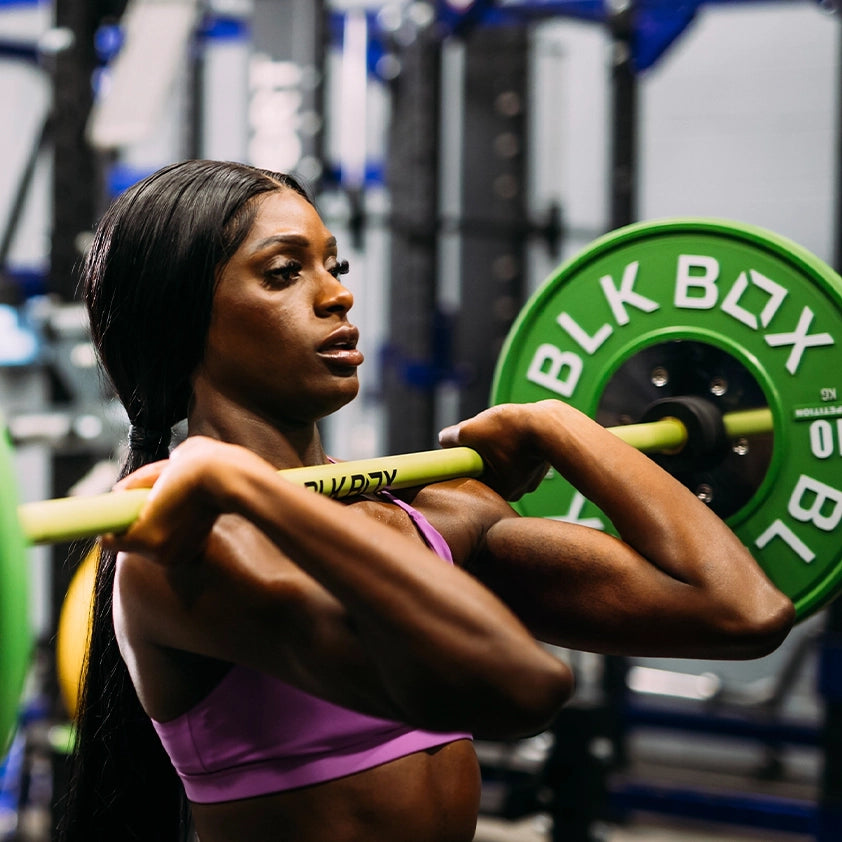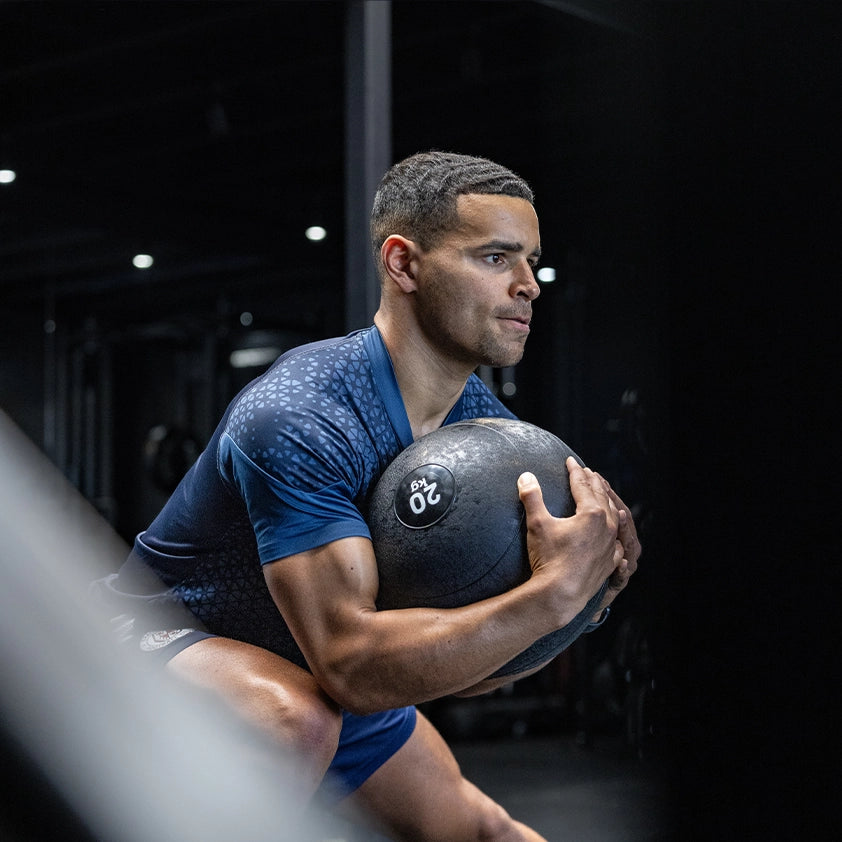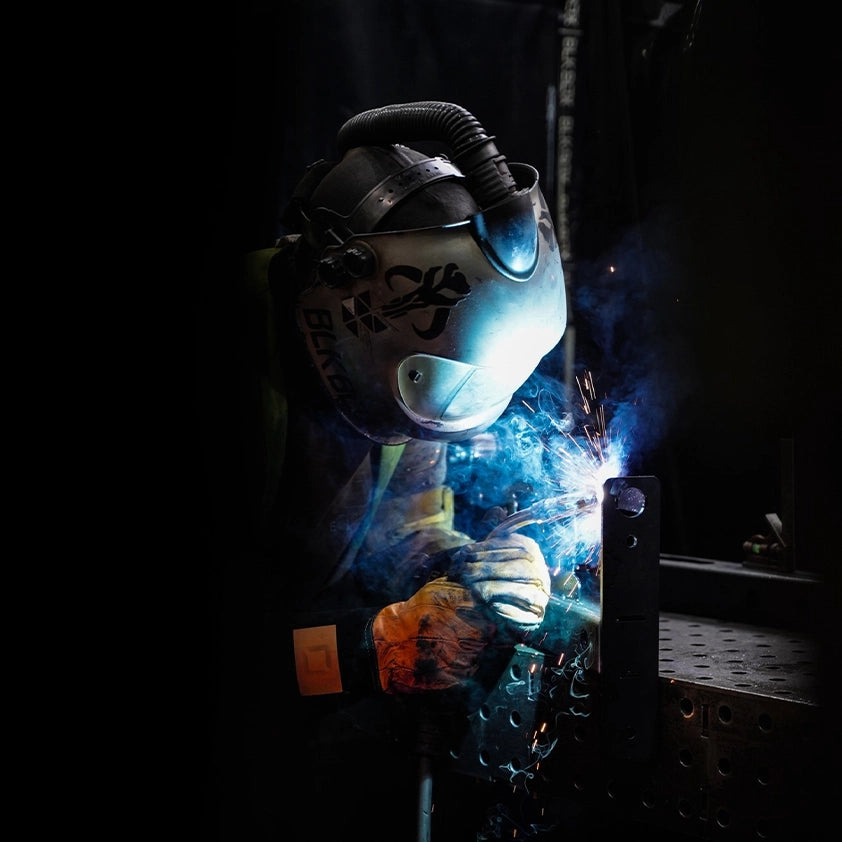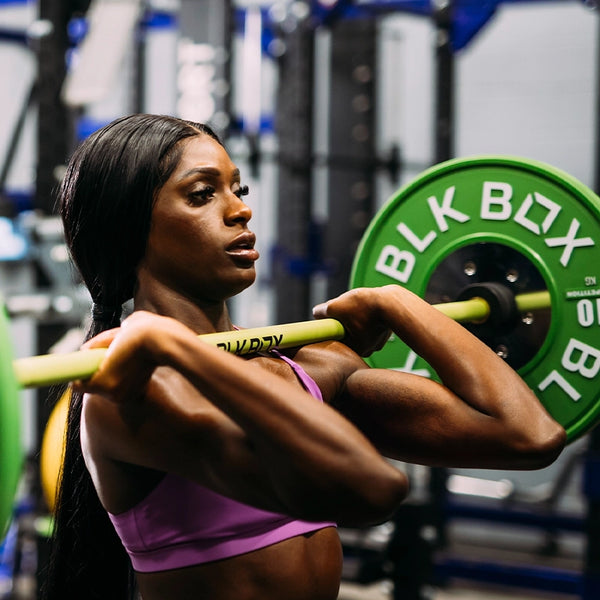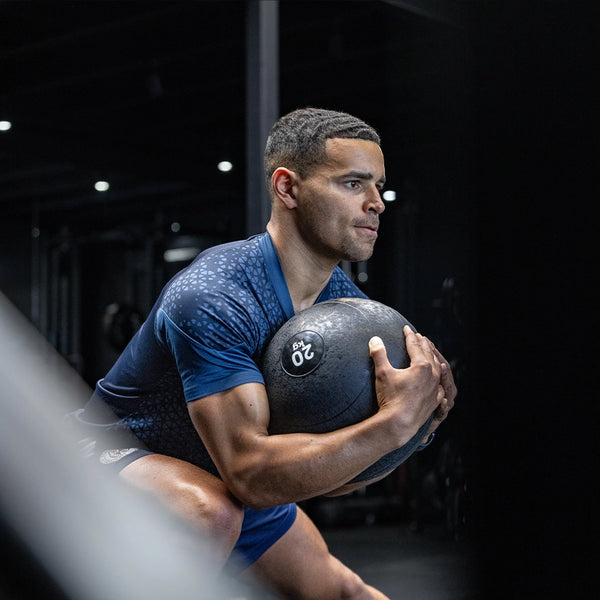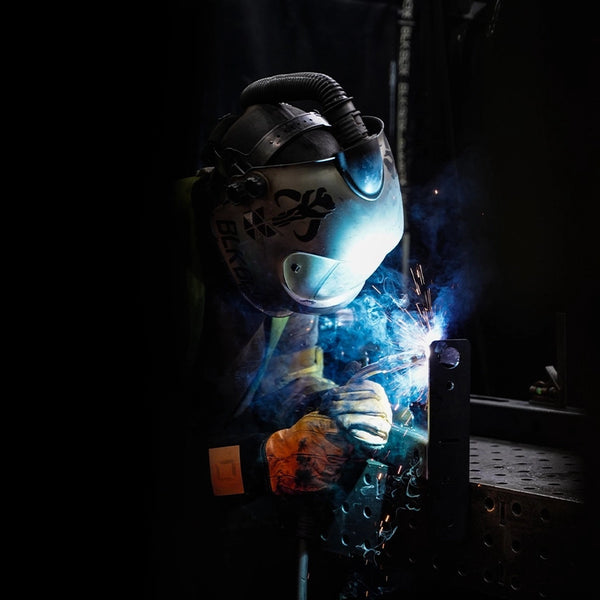We've got your back - Back Care Awareness Week
Back Care Awareness Week
5th – 9th October is Back Care Awareness Week, a chance to raise awareness on back pain and how to treat and prevent it. Back pain affects most people at some point in their lives. Most common back pain is referred to as ‘non-specific’ or ‘mechanical’ meaning there is no obvious cause or that the pain originates from the joints, bones or soft tissues in and around the spine.
With a large portion of our day spent hunched over our mobile phones or sitting at a desk all day, back pain is quite often an unwanted side effect. Even moreso, with so many of us working from home. If you’re lucky, you have a home office — but you’d be in the minority. Rather than office desks and chairs, most people are having to choose between sofas, beds, kitchen tables or the floor, moving less than ever before in smaller spaces. And this could have a devastating impact on our bodies.
One of the best ways to prevent back pain is to ensure you keep your back muscles strong. Doing exercises to stretch and strengthen the back can help alleviate and prevent lower back pain and also strengthen the core, legs and arms in the process. Research has shown that exercise also increases blood flow to the lower back area, which may reduce stiffness and speed up the healing process.
Although regular exercise can prevent back pain, it's important to be aware of some of the common causes of back pain from the gym:
Poor form and technique - Having good form isn’t just to target the right muscles, it’s also key to keeping your body in proper alignment and reducing the risk of injury. For example, when performing a deadlift, you should keep your back flat and engage and tense your core muscles during the lift to protect against the force exerted by the weight, otherwise your risk of injury is increased.
Training to complete failure - Many argue that training to the point of failure and then throwing in a few more cheat reps is the best way to get the most from your workout. Often however this can lead to injury as the further you push your body, the more likely it is that your form may falter and your joints will absorb a lot of extra stress as your muscles give out, increasing risk of injury.
Muscle imbalances - Often back pain doesn’t originate in the back, but as a result of muscle imbalances in other areas of the body. For example, weak glutes are a major cause of lower back pain, as glute activation is essential for reaching full flexion on various movements including the squat and deadlift. When our glutes are unable to carry the weight, other parts of the body will have to compensate and may become strained as a result, usually this means the back is doing the extra work and may become injured.
Here are our top products that can help to prevent and treat back pain:
 |
Venom Heat & Vibration Back Support - This wearable back support warms up, loosens and relaxes sore or stiff muscles using a combination of heat and vibrations. The non restrictive, comfortable design has different temperatures, vibration patterns and time sequences giving you a fully tailored treatment for your back. |
 |
Hyperice Back Ice Compression Wrap - A reusable and portable ice compression device that harnesses the benefits of cold therapy treatment to reduce inflammation and relieve back pain. It is proven to be a more effective treatment than using traditional methods. |
 |
The Peanut Massage Ball - This is is perfect for rolling out tight muscles particularly in the back. The dip allows the ball to get close to your back muscles, without putting pressure on your spine. |
 |
Trigger Point - Our range of foam rollers and massage balls are ideal for releasing muscle pain and tightness in the back, and will increase blood flow and oxygen to the back which can help speed up the healing process. |
 |
45 Degrees Hyperextension - BLK BOX 45 Degree Hyperextension is a vital but understated piece of training equipment. It can be used to strengthen lower back muscles for peak sporting performance, whilst also easing or preventing spinal issues. |











